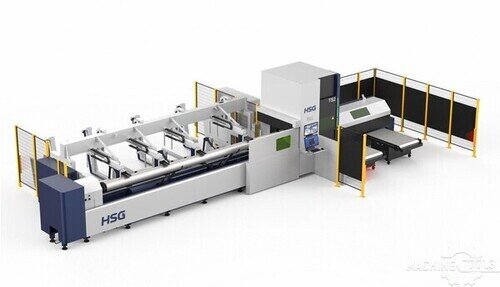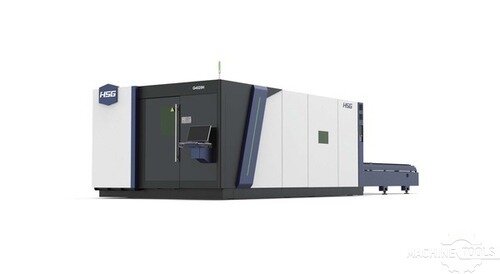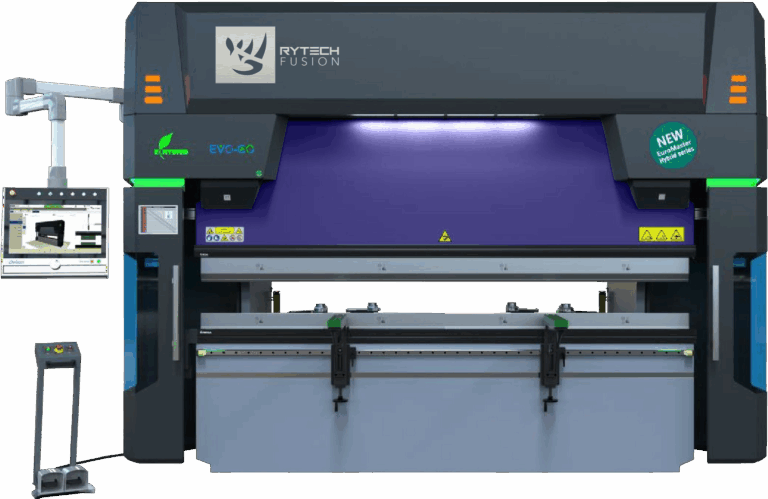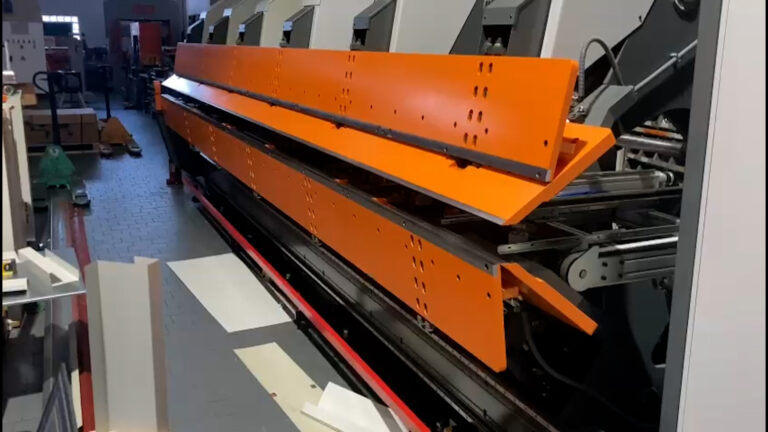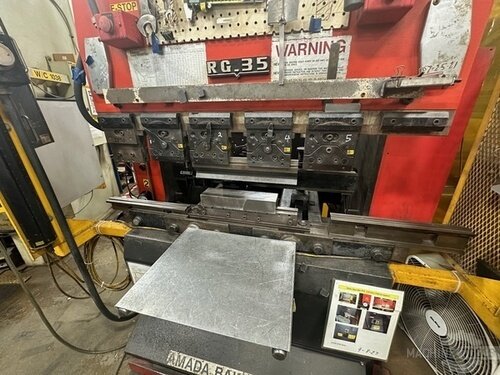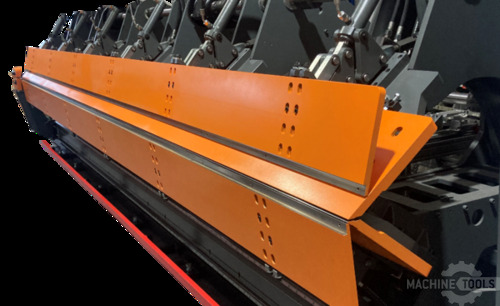Transitioning to fiber laser technology is a significant step for any manufacturing operation, promising enhanced efficiency, precision, and cost-effectiveness. However, the process of upgrading from traditional laser systems to fiber lasers can be complex and requires careful planning and execution. This guide aims to provide a comprehensive overview of fiber laser technology, highlight its key benefits, outline the steps for a successful upgrade, and address common challenges and solutions.
Understanding Fiber Laser Technology: An Overview
Fiber laser technology represents a significant advancement in the field of laser cutting and engraving. Unlike traditional CO2 lasers, fiber lasers use optical fibers doped with rare-earth elements such as ytterbium to generate the laser beam. This results in a highly efficient and powerful laser that can cut through a variety of materials with remarkable precision.
One of the primary advantages of fiber lasers is their ability to produce a beam with a much smaller focal diameter. This allows for finer cuts and more intricate designs, making fiber lasers ideal for applications requiring high precision. Additionally, fiber lasers are known for their high electrical efficiency, converting a larger percentage of electrical power into laser light compared to CO2 lasers.
The durability and longevity of fiber lasers are also noteworthy. With fewer moving parts and a solid-state design, fiber lasers require less maintenance and have a longer operational life. This translates to reduced downtime and lower maintenance costs, which are critical factors for any manufacturing operation.
Moreover, fiber lasers are versatile and can be used on a wide range of materials, including metals, plastics, and composites. This versatility makes them suitable for various industries, from automotive and aerospace to electronics and medical device manufacturing.
Key Benefits of Transitioning to Fiber Lasers
Transitioning to fiber laser technology offers numerous benefits that can significantly enhance your manufacturing capabilities. One of the most compelling advantages is the increased cutting speed. Fiber lasers can cut materials much faster than traditional CO2 lasers, leading to higher productivity and shorter lead times.
Another key benefit is the improved energy efficiency. Fiber lasers consume less power while delivering higher output, which can result in substantial cost savings on energy bills. This efficiency also contributes to a smaller carbon footprint, aligning with sustainability goals and reducing environmental impact.
The precision and quality of cuts achieved with fiber lasers are unparalleled. The smaller beam diameter and higher beam quality allow for cleaner cuts with minimal thermal distortion. This precision reduces the need for secondary processing, such as deburring or finishing, saving both time and resources.
Additionally, fiber lasers offer greater flexibility in terms of material compatibility. They can easily cut through reflective materials like aluminum and copper, which are challenging for CO2 lasers. This expanded capability opens up new opportunities for manufacturers to diversify their product offerings and enter new markets.
HSG TS2 HIGH SPEED TUBE FIBER LASER CUTTING MACHINE
HSG 3015H 12KW
Steps to Successfully Upgrade to Fiber Laser Systems
Upgrading to fiber laser technology involves several critical steps to ensure a smooth transition. The first step is to conduct a thorough needs assessment. Evaluate your current production requirements, material types, and cutting volumes to determine the specifications needed for your new fiber laser system.
Next, research and select a reputable supplier who can provide the right equipment and support. Look for suppliers with a proven track record and strong after-sale service. At Mac-Tech, we emphasize the importance of exceptional after-sale service, ensuring that our customers receive ongoing support and maintenance.
Once you have selected a supplier, plan the installation process carefully. This includes preparing your facility, training your staff, and scheduling the installation to minimize disruption to your operations. Proper training is crucial to ensure that your team can operate the new equipment efficiently and safely.
Finally, implement a preventive maintenance program to keep your fiber laser system in optimal condition. Regular maintenance checks and timely servicing can prevent unexpected breakdowns and extend the lifespan of your equipment. Our experience with L&N Fabricators highlights the importance of preventive maintenance in maximizing the benefits of fiber laser technology.
Common Challenges and Solutions in Fiber Laser Transition
Transitioning to fiber laser technology can present several challenges, but with the right approach, these can be effectively managed. One common challenge is the initial investment cost. Fiber laser systems can be more expensive upfront compared to traditional lasers. However, the long-term savings in energy, maintenance, and productivity often justify the investment.
Another challenge is the learning curve associated with new technology. Operators may need time to become proficient with the new system. Providing comprehensive training and ongoing support can help mitigate this issue. At Mac-Tech, we ensure that our customers receive the necessary training to operate their new equipment confidently.
Integration with existing systems can also pose a challenge. Ensuring that the new fiber laser system is compatible with your current workflow and software is essential for a seamless transition. Working closely with your supplier can help address any compatibility issues and ensure smooth integration.
Finally, maintenance and support are critical for the successful operation of fiber laser systems. Establishing a strong relationship with your supplier and having access to a reliable service team can help address any technical issues promptly. Our 10-man service team at Mac-Tech is dedicated to providing quick and effective support to keep our customers’ operations running smoothly.
FAQ
What materials can fiber lasers cut?
Fiber lasers can cut a wide range of materials, including metals (such as steel, aluminum, and copper), plastics, and composites.
How does the cutting speed of fiber lasers compare to CO2 lasers?
Fiber lasers typically offer faster cutting speeds than CO2 lasers, especially for thinner materials, leading to increased productivity.
Are fiber lasers more energy-efficient than CO2 lasers?
Yes, fiber lasers are generally more energy-efficient, converting a higher percentage of electrical power into laser light, which can result in lower energy costs.
What are the maintenance requirements for fiber lasers?
Fiber lasers have fewer moving parts and a solid-state design, requiring less maintenance compared to CO2 lasers. Regular preventive maintenance is still essential to ensure optimal performance.
Can fiber lasers cut reflective materials?
Yes, fiber lasers can effectively cut reflective materials like aluminum and copper, which are challenging for CO2 lasers.
What is the lifespan of a fiber laser system?
Fiber lasers typically have a longer operational life due to their durable design and fewer moving parts, resulting in reduced downtime and lower maintenance costs.
How important is training when transitioning to fiber laser technology?
Training is crucial to ensure that operators can efficiently and safely use the new fiber laser system. Comprehensive training and ongoing support can help mitigate the learning curve associated with new technology.
Transitioning to fiber laser technology can revolutionize your manufacturing operations, offering enhanced efficiency, precision, and cost savings. By understanding the technology, recognizing its benefits, following the necessary steps for a successful upgrade, and addressing common challenges, you can make a smooth transition to this advanced cutting solution. For personalized advice and support in upgrading to fiber laser technology, don’t hesitate to reach out.
Get Weekly Mac-Tech News & Updates

